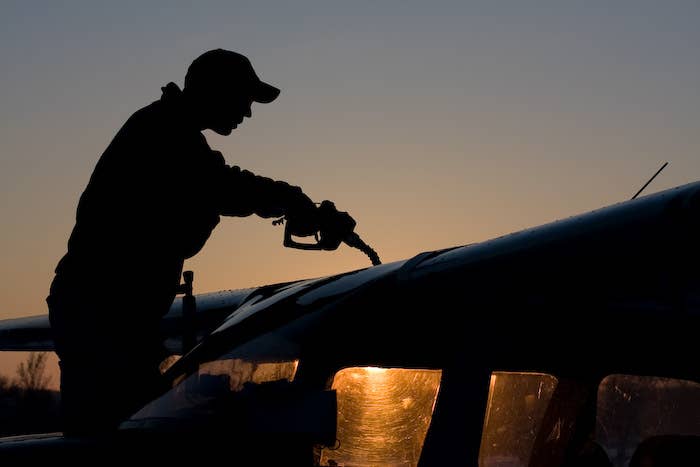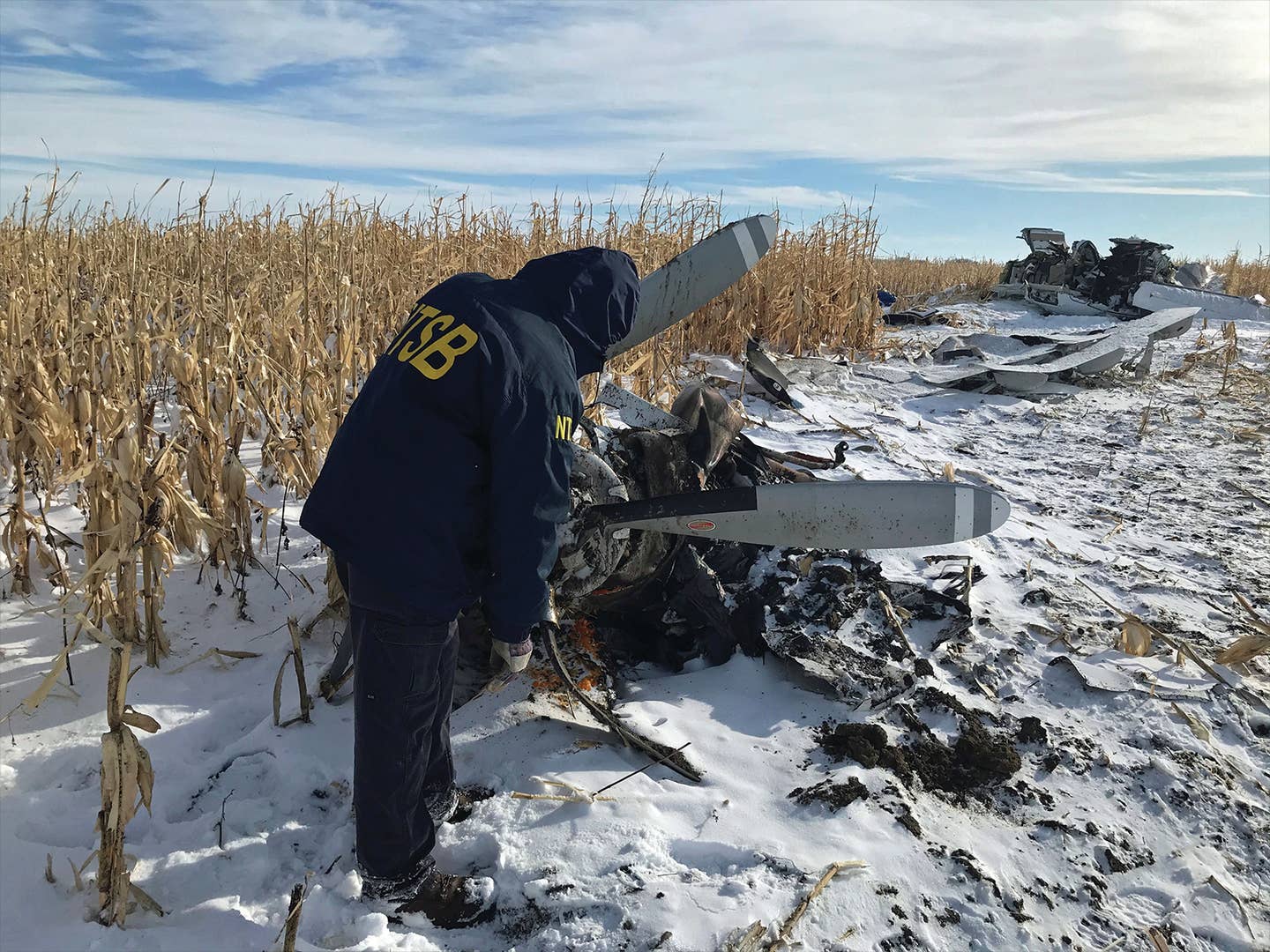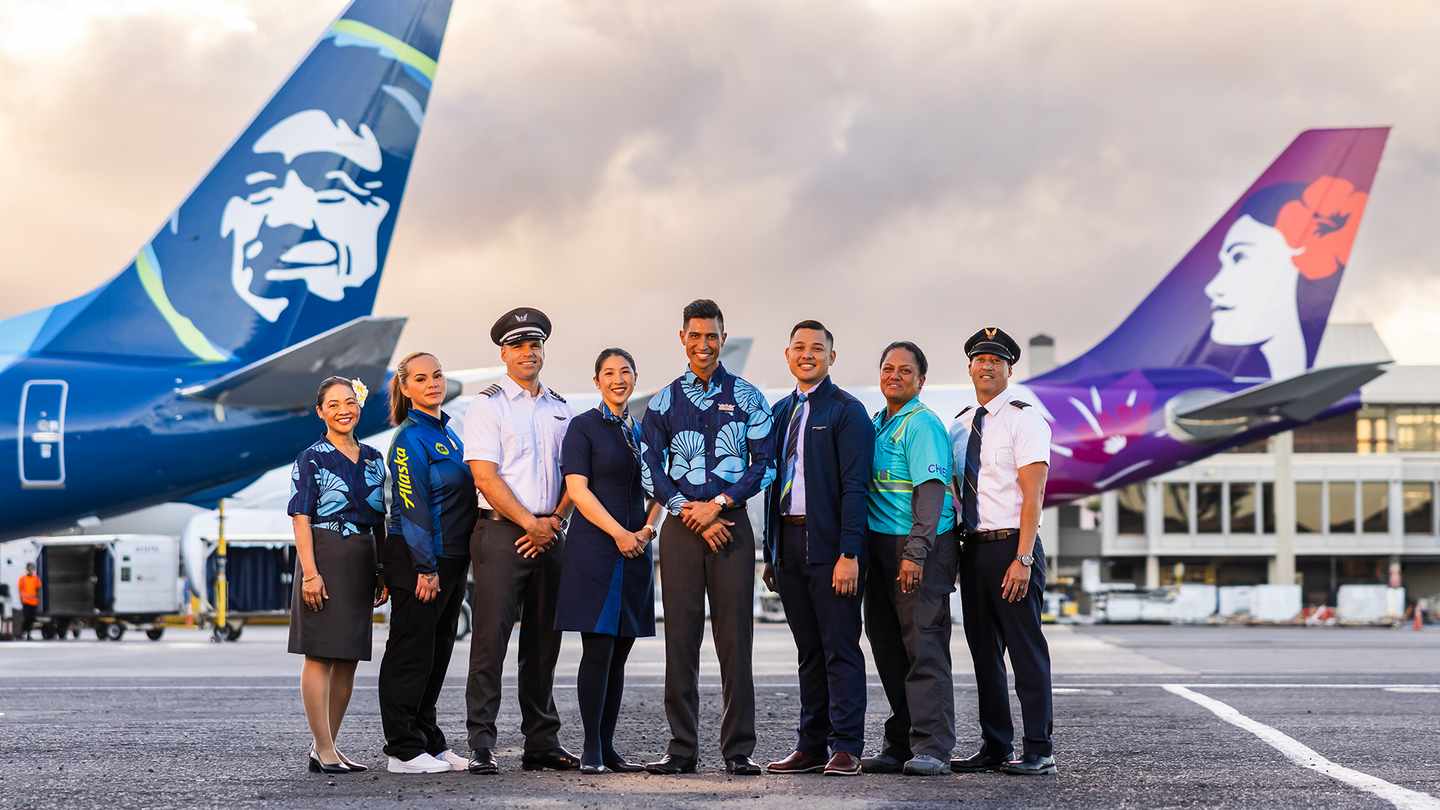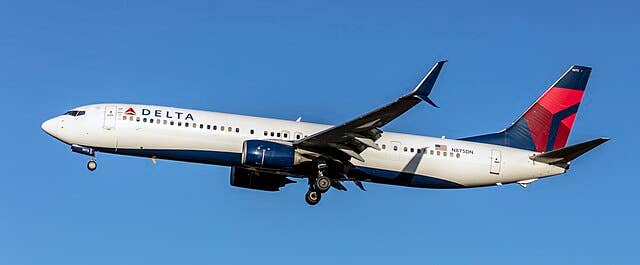AOPA Flags Unleaded Fuel Search As One Of GA’s Largest Issues
Finding a drop-in unleaded replacement for leaded avgas is currently one of the biggest issues facing general aviation, according to experts convened for an Aircraft Owners and Pilots Association (AOPA)-hosted…

Finding a drop-in unleaded replacement for leaded avgas is currently one of the biggest issues facing general aviation, according to experts convened for an Aircraft Owners and Pilots Association (AOPA)-hosted webinar on unleaded fuel for aviation on Wednesday. Hosted by AOPA’s Tom Haines and featuring panelists including General Aviation Manufacturers Association (GAMA) President Pete Bunce, fuel industry expert Paul Millner and AOPA President Mark Baker, the webinar is a follow-up to the recently launched FAA Eliminate Aviation Gasoline Lead Emissions (EAGLE) initiative. As previously reported by AVweb, EAGLE is looking to eliminate the use of leaded aviation fuel by the end of 2030 without adversely affecting the piston fleet.
A 100-octane unleaded aviation fuel approved for fleet-wide use has been a long-running goal for the industry, producing programs like the FAA’s Piston Alternative Fuels Initiative (PAFI) and seeing a number of companies pursing supplemental type certificates (STCs) for unleaded fuels. There have been some breakthroughs, with Oklahoma-based General Aviation Modifications Inc. (GAMI) announcing in July 2021 that it had been awarded a first-of-its-kind STC for its unleaded 100-octane G100, which is currently approved for more than 600 piston aircraft engines. However, the Environmental Protection Agency (EPA) announced last January that it is looking into issuing regulations on lead emissions from piston-engine aircraft, a decision scheduled for final action in 2023, which has created new urgency in the search for an approved fleet-wide 100LL replacement.
“Now, why EAGLE is so important and why Mark and I and all of our industry colleagues are pressing for EAGLE is because with the FAA as our partners in this, they are able to communicate cooperatively with the EPA and say ‘we have a plan’ and there is a stake in the ground of an end-date by which we wouldn’t go any further,” Bunce said during the webinar. “With a stake in the ground, we feel that the EPA will be more receptive to listen to the FAA because they know the FAA and industry are partnering on this.”
Panelists stated that EAGLE would make use of parts of PAFI, particularly testing methodology and lessons learned during the process. Millner noted that unleaded fuels from GAMI and Swift Fuels are looking promising. Bunce cautioned that there are a lot of questions to be answered beyond an STC including ensuring transparency and testing standards, fuel distribution and how to refine the quantities needed for the entire piston fleet.
“Our real intent here is to have a fleet-wide acceptable fuel that’s drop-in because with the scale of economics around most general aviation airports you can’t have three tanks and make your choices,” said Baker. “I also believe there’s a high risk to safety if we don’t have communication about what’s appropriate fuel for your plane.”
Throughout the webinar, panelists emphasized the need for communication and industry-wide partnerships. On that front, AOPA is building an avgas fuel coalition aimed at “steering the GA industry to an unleaded future [and] advocating for a smart and safe transition that works for the entire GA fleet.” The coalition currently includes 100 member organizations.






